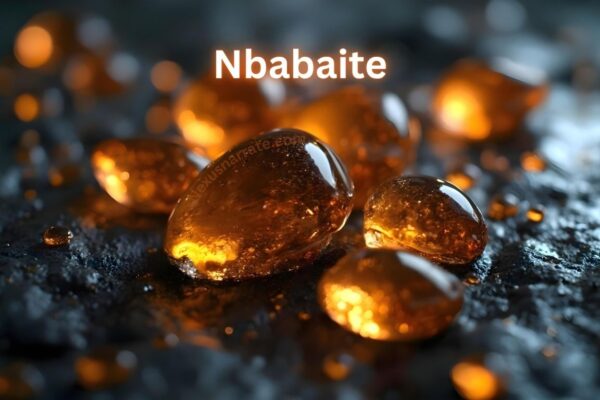Introduction
In the secluded nooks of Japan’s cultural landscape, where history and modernity coexist harmoniously, a delicate art form called Kazefuri (風降り) has emerged. This profession of art portrays the fleeting beauty of motion, sound, and wind. Kazefuri, which roughly translates to “windfall” or “wind scattering,” is a contemplative experience that blends the creative potential of nature with human creativity. It is also a kind of artistic activity.
This article explores the history, methods, and philosophical depths of Kazefuri, shedding light on the reasons why this delicate art form has drawn poets, artists, and peace seekers from all over the world.
1. Kazefuri’s Invention History
A dance while the wind blows
In ancient Shinto ceremonies, priests and dancers would summon the wind as a divine messenger, which is thought to be where kazefuri got its start. Eventually, this spiritual practice evolved into an artistic form, especially during the Heian period (794–1185), when court nobility used poetry and performance to embrace the transient beauty of nature. This took place during that time frame.
The modern interpretation of Kazefuri was refined in the 20th century by Kyoto-based artist Master Hiroshi Tachibana, who sought to fuse traditional Japanese aesthetics with modern kinetic art. His installations, which featured chimes, paper hanging from the ceiling, and fragile materials that reacted to even the slightest breeze, set the groundwork for Kazefuri as we know it today.
Also Read: https://nexusnarrate.com/high-rocking/
Concerning the Theory Underpinning the Practice
In essence, Kazefuri is an expression of mono no aware (扩の哀ガ), a Japanese idea that stresses the value of the fleeting nature of life. In contrast to Western art forms that aim for permanence, Kazefuri embraces impermanence; every wind movement produces a unique moment that cannot be replicated.
2. The Kazefuri Art: Performing Arts Techniques and Forms
It is a collection of disciplines rather than a single medium, and each one uses wind as an inspiration and collaborator in a different way.
1. Installations of Kazefuri
Examples of materials used by artists to make hanging sculptures include the following: Washi paper that has been cut into lovely patterns that resemble fluttering leaves
Glass or metal chimes tuned to harmonic scales that vary based on wind speed; silk threads woven into elaborate tapestries that have a wave-like and water-like appearance
These installations are usually placed in gardens, open spaces, or temples where they are subject to the wind patterns in order to make them come to life.
2. Kazefuri’s performance
There are practitioners that use movement, where dancers wearing flowing robes interact with weather-sensitive objects. By responding to the wind instead of controlling it, the performer creates a dialogue between people and the natural environment.
3. The Sound Album by Kazefuri
One of the sub-disciplines uses wind-actuated devices and concentrates on aural experiences:
The tones of furin, wind bells, are rich and resonant.
Bamboo “whisper tubes” that amplify wind noise and stone flutes that generate eerie, harmonic drones hanging from the ceiling.
3. The Impact of Kazefuri on Iranian Culture
In addition to galleries and temples, it—previously limited to Zen gardens and shrine rites—has recently found its way into contemporary art contexts. Large-scale Kazefuri pieces have been shown in Tokyo, Paris, and New York, and spectators have been enthralled by the captivating and constantly shifting displays during these shows.
The Kazefuri in Today’s World
Apart from the field of art, it’s ideas have influenced the following: Architecture: buildings designed to “sing” in the wind
One type of therapy that can be used to reduce stress is wind meditation. Textiles that move dynamically with airflow are also used in fashion.
4. The Debate: Does Kazefuri depict nature or is it art?
It finds himself at a crossroads: can the work be deemed “art” if its beauty depends on elements outside of human control? Some who criticise it argue that it lacks purpose, while proponents assert that the artist’s role is to frame nature’s artistic abilities.
5. The Future Prospects of Kazefuri
Some others worry that the changes brought about by climate change may make it less predictable. But innovators continue to adapt:
- Kazefuri used hidden fans to serve food indoors.
- An computational wind pattern-based digital replica of Kazefuri
Projects that involve collaborating with meteorologists to predict optimal conditions
Conclusion
Kazefuri serves as a reminder to stop and see the invisible, to hear the symphony of the breeze, and to watch the petals as they float. In a world speeding towards chaos and permanency, this kind of artistic expression is a whisper: beauty is in letting go, not in holding on.
FAQs
1. In what location would I be able to sample it?
Two well-known examples of significant locations are the MORI Building Digital Art Museum in Tokyo and the Tachibana Garden in Kyoto.
2. Does anyone have the ability to practise it?
Indeed, you ought to start with simple paper mobiles and see how the wind affects them.
3. Does it practise any religion?
However, modern interpretations are secular, despite their Shinto roots.
4. For how long do installations typically remain in place?
Ephemeral: materials naturally decay with time, and some things alter minute by minute.
5. Does it influence other artistic mediums?
It undoubtedly influences kinetic sculpture, ambient music, and land art globally.








